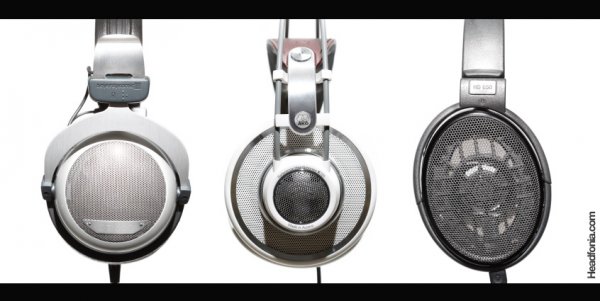Sonus Faber under Franco Serblin was IMO one of the most artistic run speaker Co's to exist. Today, it seems that the Co., is shifting away from the art leads science way of design and moving more to the technology and science based philosophy. ( the jury is out on whether or not this is a good thing)
The question is how much of the art side is necessary in the design of a Sonus Faber speaker or for that matter any speaker. IMHO there needs to be at least a preponderance of art to science in a speaker design. IMO, all of the greatest speakers that I have heard have a certain artistic aspect that seems to come to the fore and the rest follows. Contrary to the art vs. science designs are manufacturer's like Magico or YG ( IMO,basically pure science and little if any artistic quality). YG being a speaker design that I personally would NOT entertain. This is clearly an area where YMMV is appropriate.
Thoughts...
The question is how much of the art side is necessary in the design of a Sonus Faber speaker or for that matter any speaker. IMHO there needs to be at least a preponderance of art to science in a speaker design. IMO, all of the greatest speakers that I have heard have a certain artistic aspect that seems to come to the fore and the rest follows. Contrary to the art vs. science designs are manufacturer's like Magico or YG ( IMO,basically pure science and little if any artistic quality). YG being a speaker design that I personally would NOT entertain. This is clearly an area where YMMV is appropriate.
Thoughts...
Last edited:


